Masonic MM/WM and Provincial Apron Case
$49.00
- Masonic File Case
- 3 side zipper opening
- Imitation Leather
- Description
- Reviews (0)
Description
Masonic MM/WM and Provincial Apron Case
Masonic Royal Arch Apron Cases
Features:
- Masonic File Case
- 3 side zipper opening
- Imitation Leather
- Quality Metal Lock indeed
- Inside pocket and strap to hold apron, gloves, and accessories
- Solid Hand Strap
- Size 19 x 17 x 2 inches
- Best High Quality Masonic Apron Case indeed.
Description:
This is a new styled, Masonic Royal Arch MM/WM High Priest imitation leather flap-over briefcase that is fairly slimline in its design, making it ideal for easily carrying and storage of regalia like an apron, documents, files, and also personal effects. Although quality metal lock secures the flap-over top. Fully stitched edges provide strength and durability. Masonic Apron Cases Keep your apron and documents secure. So this apron holder bag is an excellent gift for your freemason brothers and their family members. So, The size of this case is 19 x 17 x 2 inches. Quality products are guaranteed from our store. Product At your doorsteps.
The Masonic fraternity, steeped in tradition and symbolism, has long been a bastion of secrecy and honor. Within the vast tapestry of Masonic regalia, the Master Mason (MM) and Worshipful Master (WM) aprons hold a special place. In this exploration, we delve into the profound meaning behind these aprons and the ceremonial importance they carry. Additionally, we shine a spotlight on the Provincial Apron Case, a repository of symbolic importance within Masonic tradition.
The Master Mason Apron: A Symbol of Mastery and Virtue
Crafting the Master Mason Apron
The Master Mason apron is a distinguished piece of regalia, representing the culmination of a Mason’s journey through the three degrees of Freemasonry. Crafted with precision, the apron is typically made of white lambskin, symbolizing purity and the Mason’s commitment to virtuous living.
Symbolism Woven into Design
Upon the apron’s surface, one finds a plethora of symbols, each laden with meaning. The square and compass, pillars, and other Masonic emblems adorn the apron, serving as a constant reminder of the moral lessons imparted during the Masonic journey. The apron, worn with pride, signifies the attainment of mastery and the responsibility that accompanies it.
The Journey Symbolized
The Master Mason apron is not just an accessory; it is a narrative woven into fabric. Its design encapsulates the Masonic journey, from the Entered Apprentice to the Fellowcraft and finally to the Master Mason. The evolution of symbols on the apron mirrors the Mason’s personal growth, emphasizing the transformative nature of the Masonic experience.
The Worshipful Master Apron: A Position of Leadership and Responsibility
Distinctive Design and Significance
As the pinnacle of Masonic leadership within a lodge, the Worshipful Master wears an apron that distinguishes him from his brethren. The design of the Worshipful Master apron often includes additional embellishments, such as gold or silver trims, further emphasizing the gravity of the position.
Authority and Symbolic Weight
The apron worn by the Worshipful Master is more than an emblem of authority; it carries the weight of responsibility. Symbolizing the burdens of leadership, the apron serves as a constant reminder of the virtues that should guide the actions of the Master of the Lodge. The square, compass, and other symbols take on heightened significance, representing the moral compass that should guide the Worshipful Master’s decisions.
The Provincial Apron Case: Safeguarding Symbolism and Tradition
Preserving and Protecting Tradition
The Provincial Apron Case serves as a guardian of Masonic tradition, providing a secure and dignified repository for the aprons worn by Provincial Grand Masters. Crafted with attention to detail, these cases are often made from high-quality materials, reflecting the reverence with which Masons approach their regalia.
Symbolism Embedded in the Case
The case itself becomes a vessel of symbolism. Its design may incorporate Masonic emblems, and the choice of materials often reflects the importance placed on preserving the integrity of the apron within. The act of placing the apron within the case is ceremonial, underscoring the significance of the role undertaken by Provincial Grand Masters.
Ceremony and Ritual: Placing Aprons in the Provincial Case
Transcending the Ordinary
The act of placing a Master Mason or Worshipful Master apron into the Provincial Apron Case transcends mere ceremony; it is a ritual deeply entrenched in Masonic tradition. The case, often presented during a formal gathering or Lodge meeting, becomes a focal point for brethren to reflect on the solemnity of the occasion.
Symbolic Gestures
The placement of the apron within the case is a symbolic gesture, signifying the completion of a tenure or the passing of leadership. This ritual is steeped in symbolism, with each step representing the journey undertaken and the responsibilities shouldered. The act fosters a sense of continuity within the Masonic brotherhood, connecting past, present, and future.
Historical Significance: Tracing the Roots of Masonic Regalia
Masonic Regalia through the Ages
The use of aprons in Masonic regalia traces its roots to the earliest days of the fraternity. Historical documents and artifacts reveal the evolution of Masonic clothing, with aprons emerging as a central element in the symbolism and rites of the Craft. Understanding the historical context adds layers of meaning to the aprons worn by Master Masons and Worshipful Masters today.
Evolution of Design and Symbolism
The design and symbolism of Masonic aprons have evolved over centuries, mirroring shifts in Masonic philosophy and practices. From simple, unadorned aprons in the early days to the intricately designed aprons of today, each iteration reflects the changing nature of the Craft while retaining core symbolic elements.
Masonic Aprons in Ritual: Ceremonies and Degrees
Initiation and the Entered Apprentice Apron
The Masonic journey begins with the Entered Apprentice degree, marked by the presentation of the apron. This simple white lambskin apron symbolizes purity and the initiate’s readiness for enlightenment. The act of receiving the apron during the initiation ceremony is a transformative moment, signifying the candidate’s commitment to the principles of Freemasonry.
Fellowcraft Apron: Symbol of Advancement
The Fellowcraft degree introduces a new apron, adorned with additional symbols such as the square and compass. This progression symbolizes the candidate’s advancement in Masonic knowledge and the deepening of their understanding of moral and philosophical truths.
Master Mason Apron: Culmination of the Journey
The Master Mason degree is the apex of the Masonic journey, and the presentation of the Master Mason apron is a climactic moment. Laden with symbolism, this apron represents the Mason’s attainment of wisdom and the responsibility that comes with mastering the Craft.
Philosophical Significance: Aprons as Moral and Ethical Guides
Moral Lessons Woven into Fabric
Beyond their aesthetic and symbolic significance, Masonic aprons serve as tangible reminders of the moral and ethical teachings imparted during Masonic rituals. The square, compass, and other symbols on the apron are not mere decorations; they are emblems of virtue and guidance for a Mason’s conduct in both Lodge and life.
Living Virtue Beyond the Lodge
Masonic aprons are not to be worn only within the Lodge; they are meant to be worn in the broader context of life. The virtues symbolized by the apron—integrity, honesty, and compassion—are principles that Masons are encouraged to embody in their daily interactions with others.
The Apron’s Journey: From Candidate to Elder
Passing Down Tradition
The journey of the apron is a metaphorical passage through the stages of a Mason’s life within the fraternity. From the moment it is presented to a candidate during initiation, the apron becomes a silent witness to the Mason’s growth, challenges, and triumphs. As a Mason progresses through the degrees, the apron serves as a constant companion, a visual representation of the Masonic journey.
Legacy and Succession
When a Mason attains the esteemed position of Worshipful Master, the apron takes on added significance. It is not merely a personal accessory but a symbol of leadership and responsibility. The act of passing down the apron to a successor during a change in leadership is a poignant moment, embodying the continuity of Masonic tradition and the passing of the torch from one generation to the next.
Conclusion: Aprons as Vessels of Masonic Identity and Tradition
In conclusion, the Masonic MM/WM aprons and the Provincial Apron Case are more than mere artifacts; they are vessels of Masonic identity and tradition. Woven with symbolism and steeped in ritual, these aprons serve as tangible reminders of the principles, values, and moral teachings that define Freemasonry. As Masons don these aprons, they not only assume the regalia of their roles but also embrace a commitment to virtuous living, leadership, and the preservation of a rich historical legacy.
The act of placing these aprons into the Provincial Apron Case is a ceremonial affirmation of the enduring nature of Masonic tradition. It is a testament to the Masonic belief that the lessons imparted within the Lodge extend beyond its walls, shaping the character and conduct of Masons in their interactions with the world. The Master Mason and Worshipful Master aprons, carefully preserved within the Provincial Apron Case, stand as symbols of continuity, connecting Masons across time and space in a shared commitment to brotherhood, enlightenment, and the pursuit of virtuous living.
So, We are Masonic Supplies and we have a wide range of Masonic Regalia Products. We Supply all degrees of Masonry Accessories. Visit our Site to get a discount on your favorite products.
You can also visit our USA Masonry Shop.
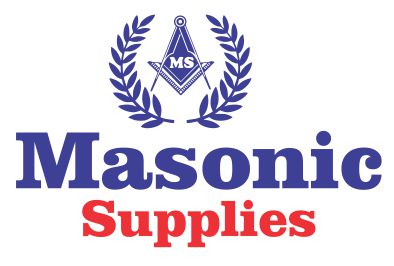
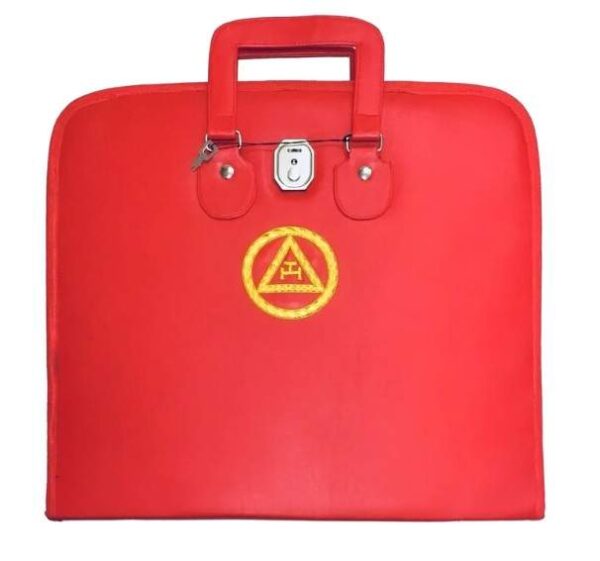
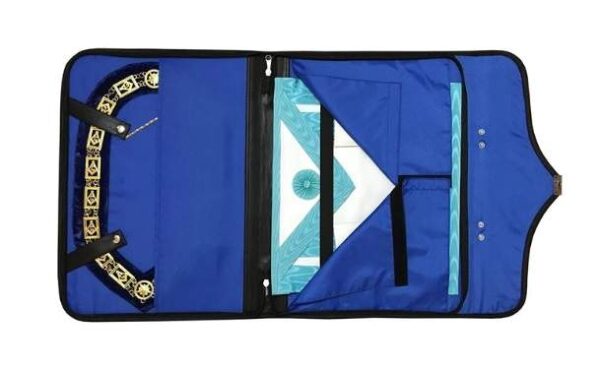

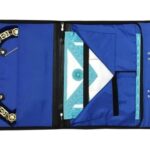
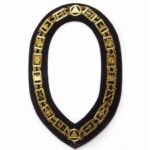
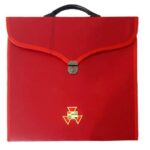
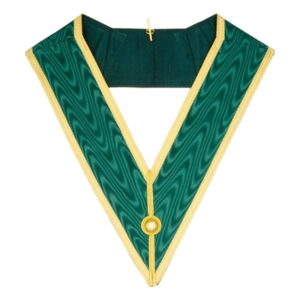
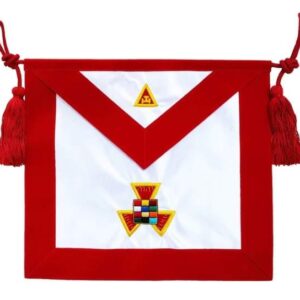
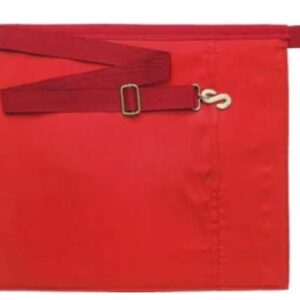
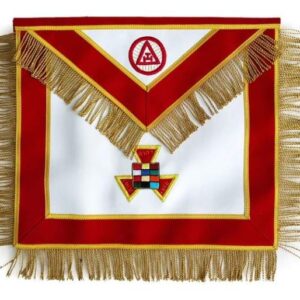

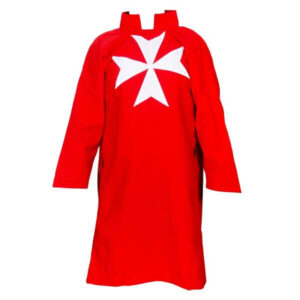
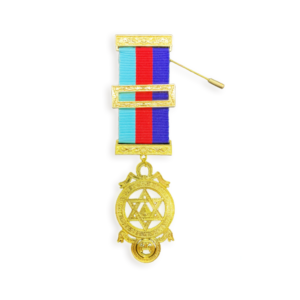
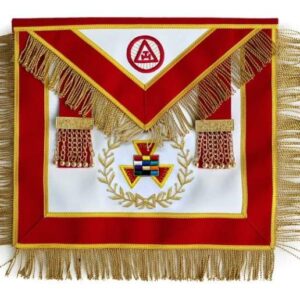
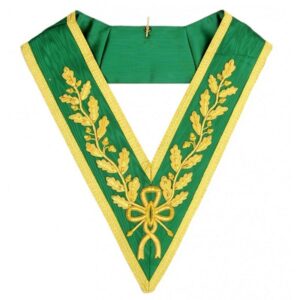

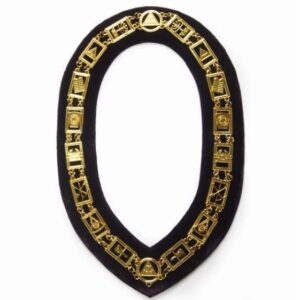
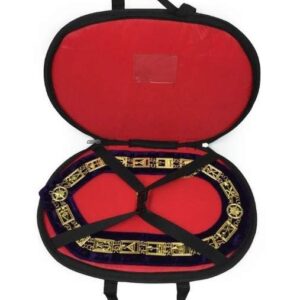
Reviews
There are no reviews yet.